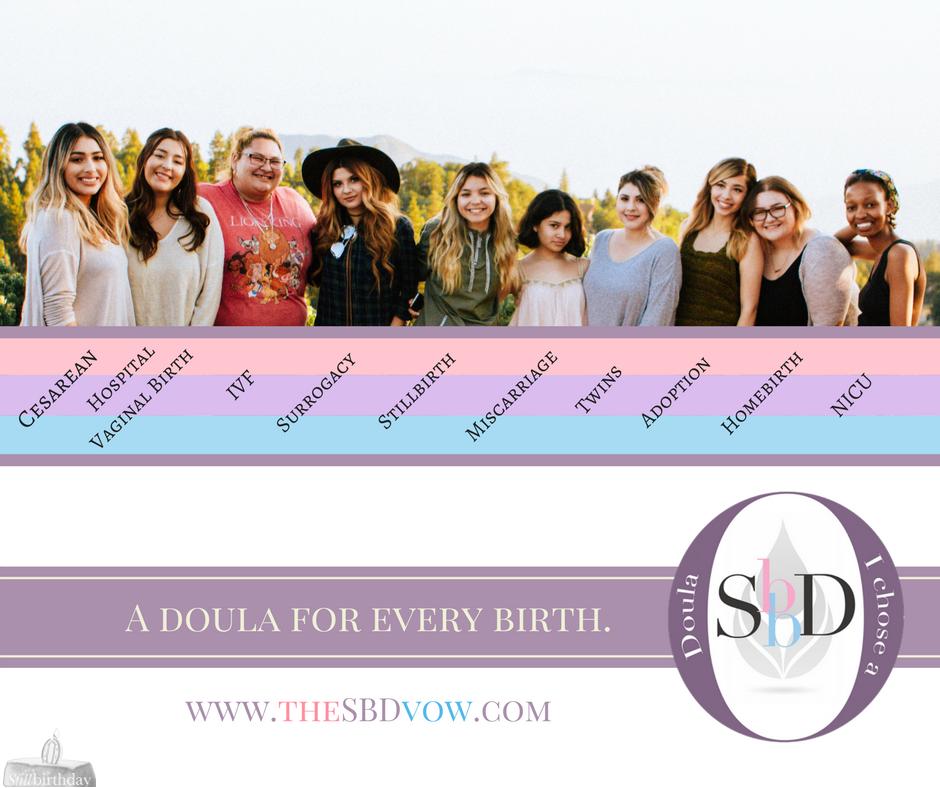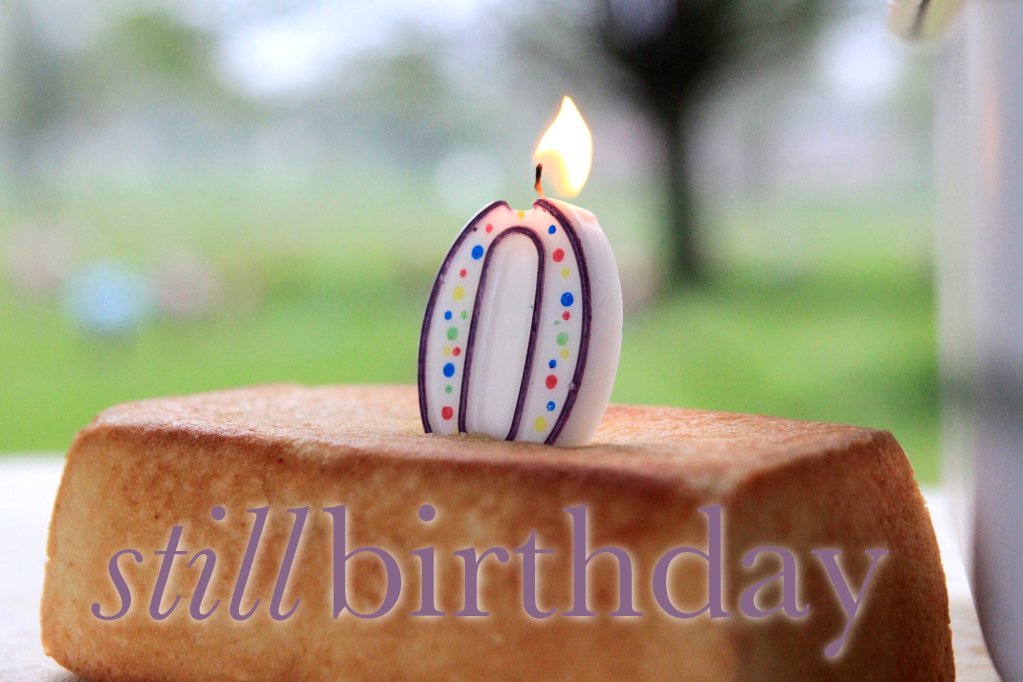or, Neonatal Death prior to Viability
When a baby dies in the first 28 days of life, its called “neonatal death”.
Because by most calculations a baby is considered viable in or after the 24th week of pregnancy, technically a stillborn baby who is born live, even for an extremely short time past delivery, may also be considered under the “neonatal death” category.
There is no such category for the unique situation in which a baby born via miscarriage either is or appears to be alive for seconds or even minutes after the birth.
Because there is no such technical category, but because parents who experience this unique and extremely special situation wish to have their baby’s experiences validated, stillbirthday has identified this situation as “live miscarriage”.
A live miscarriage may be most likely to occur the closer the baby is to reaching viability status (perhaps 16 weeks and older).
In a live miscarriage, immediately after the delivery, the baby may curl his or her fingers around the parents’ finger, may either appear to take a breath (as air is pushed into his or her body, particularly when moved), or he or she may indeed take an actual breath.
Witnessing such movements or signs of life can either be alarming to parents, or, for others, can be extremely validating and profoundly significant.
For this reason, stillbirthday wishes to validate this rare but important experience by naming it “live miscarriage”.
You won’t know if your baby will display moments of signs of life, until after your experience is over and your baby is born. Please do not allow this to change the course of your birth plans, if your birth plans are medically necessary. Here are stories shared by mothers who’ve experienced a live miscarriage.
The following information continues to give you support through the miscarriage process:
If your baby is younger than about 12 weeks gestation, you may be given three options for delivery:
If your baby is older than about 12 weeks gestation (about the beginning of the second trimester), you may be given these options for delivery:
- artificial induction (medication)
- D&C
- D&E
- if you’ve been given a different option, please click on “Birth Methods” and find the option that has been recommended for you
You are invited to share your story here as well: please remember that sharing your story at stillbirthday is a way to express your feelings and share your experiences with other mothers – it is not to diagnose, treat or answer any medical questions.
You might visit our farewell celebrations for ideas to celebrate your baby.




